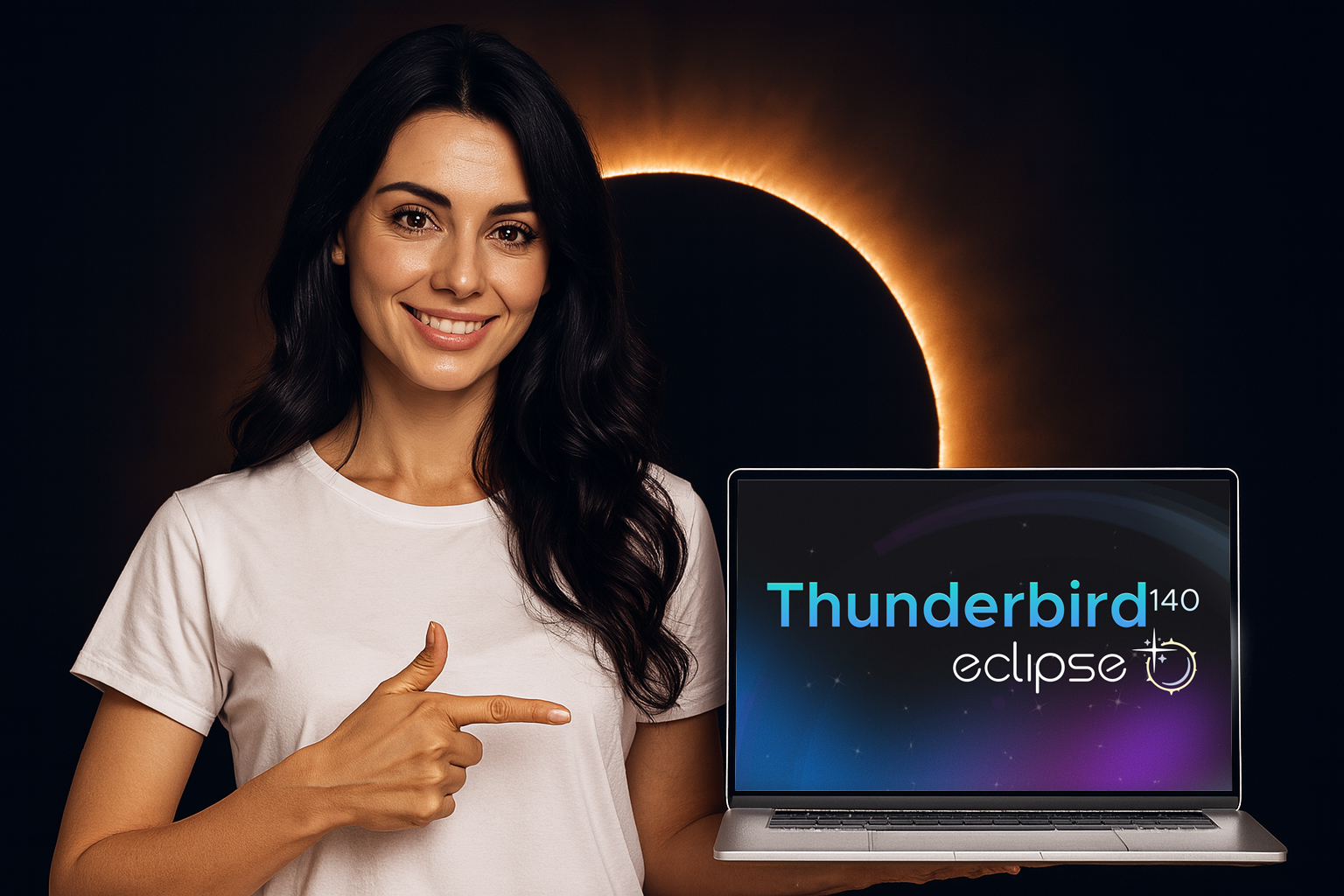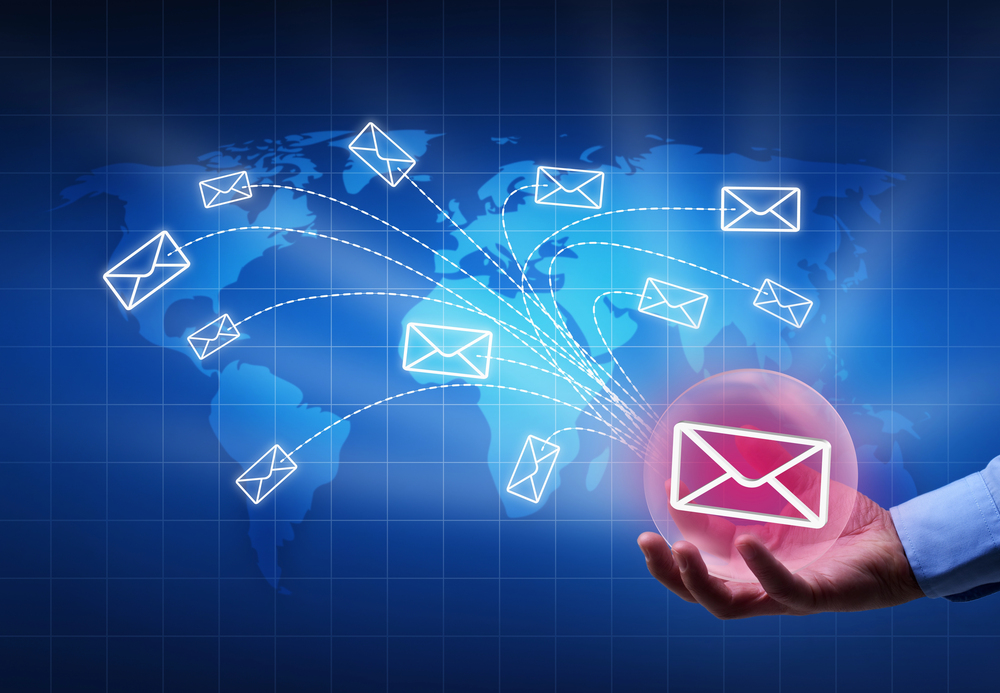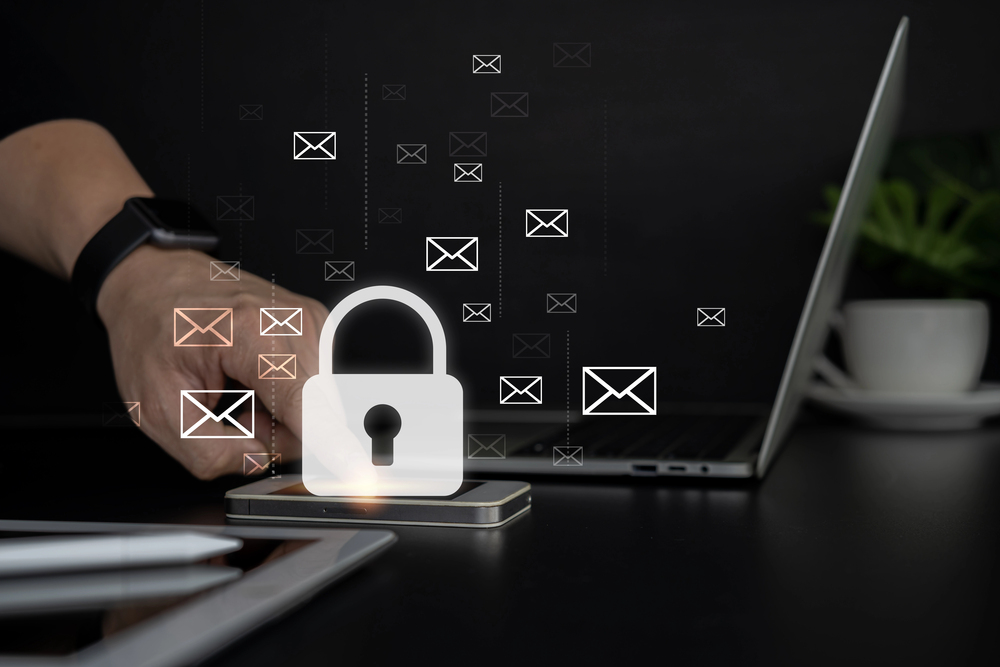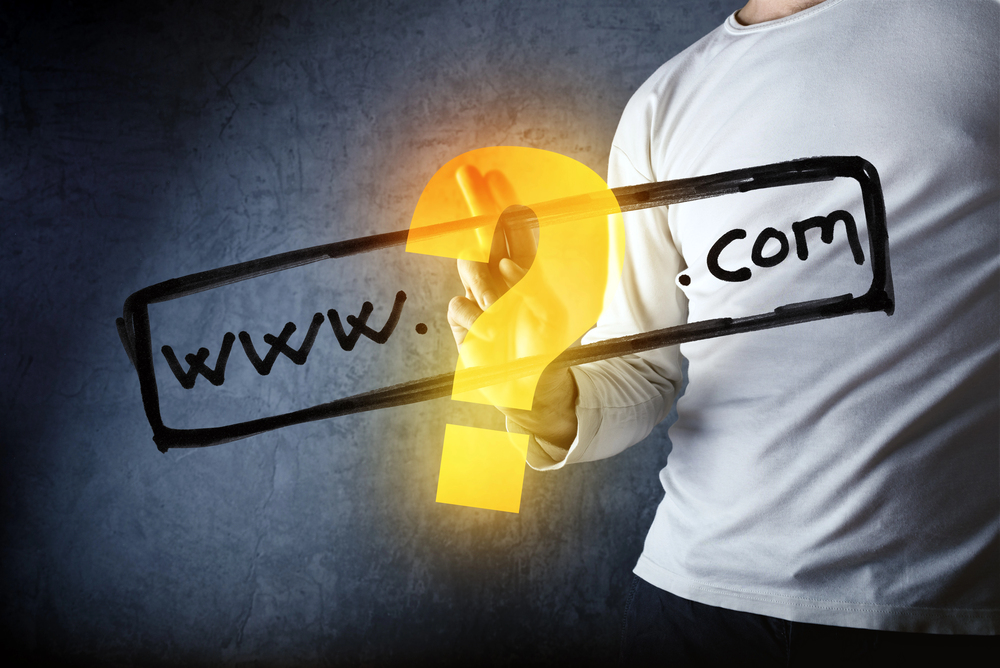
KnowBe4 unleashes AI-powered email security to small and medium businesses
KnowBe4 has launched Prevent, an AI-driven email security solution aimed at helping small and medium-sized businesses tackle one of cybersecurity’s most persistent threats: outbound email risk.
The platform, now expanded from its enterprise version, uses machine learning, behavioral analytics and neural networks to detect and stop data breaches caused by employee error, before they happen.

The searches that reveal the most common email mistakes
It’s known as an ohnosecond -- that moment just after you realize that you’ve made a mistake. Something that happens frequently with emails when you press send too soon, do reply all when you didn’t meant to, or just send a message to the wrong person.
A new study from ZeroBounce has analyzed search data from Google Keyword Planner to determine which email mistakes UK residents commonly make and need help fixing.

Google launches Manage Subscriptions for Gmail to kill unwanted email
Keeping on top of emails can feel like a full-time job, but Google is making things easier for Gmail users. We learned about the Manage Subscriptions feature earlier in the year, but it is now starting to hit inboxes.
Everyone receives huge volumes of emails these days, and a lot of time can be spent sorting the wheat from the chaff, determining which email need attention and which are junk to be deleted. Google’s new Manage Subscription option provides a way to quicky see a list of the mailing lists you have subscribed to.

Thunderbird 140 'Eclipse' offers a simpler, more flexible way to manage email across platforms
Thunderbird 140 “Eclipse,” is officially here. Released as the latest Extended Support Release, it offers long-term stability and fewer changes over time, handy for users who prioritize reliability over rapid updates.
The latest build introduces new visual tools, improved usability, and behind-the-scenes improvements to one of the most established open-source email clients available today.

Vendor email compromise attacks get more effective in large enterprises
A new report from Abnormal AI shows that employees in large enterprises engage with malicious vendor messages 72 percent of the time.
Drawing on behavioral data from over 1,400 organizations worldwide, the report reveals the extent to which employees are actively engaging with advanced text-based threats like vendor email compromise (VEC) and explores the blind spots attackers are exploiting with highly targeted, socially engineered attacks.

Less than eight percent of top domains implement the toughest DMARC protection
New research from EasyDMARC reveals that just 7.7 percent of the world's top 1.8 million email domains are fully protected against phishing and spoofing, having implemented the most stringent DMARC policy.
While this configuration, known as 'p=reject', actively blocks malicious emails from reaching inboxes, many businesses have only adopted the passive monitoring setting known as 'p=none', which passively monitors inboxes for threats without intercepting them. This means it doesn't block fraudulent emails or provide full visibility into authentication failures.

Majority of cyber insurance ransomware claims are due to BEC
A new report from cyber insurance specialist Coalition finds the majority of 2024 claims (60 percent) originated from business email compromise (BEC) and funds transfer fraud (FTF) incidents, with 29 percent of BEC events resulting in FTF.
Ransomware claims did stabilize in 2024 but they remain the most costly and disruptive type of cyberattack.

Almost a quarter of HTML email attachments are malicious
When used legitimately, HTML attachments in emails enable organizations to share content, such as newsletters or invitations, that display properly when opened in an email client or web browser.
But a new report from Barracuda reveals that 23 percent of HTML attachments are malicious, making them the most weaponized text file type. Overall more than three-quarters of the malicious files detected overall were HTML, and 24 percent of email messages overall are now unwanted or malicious spam.

Gmail introduces a Manage Subscriptions tab so you can unsubscribe from junk mailing lists en masse
Your Gmail inbox is home to all manner of useful correspondence, but it’s almost certainly littered with lots of unwanted crap as well. Junk emails, unwanted newsletters, site update messages and the like are serious annoyances with no sign of abating. But Google has taken steps to put users back in charge.
Having previously introduced an Unsubscribe button to provide a one-click means of ending the receipt of unwanted emails, there is now another option available to its users. A new Manage Subscriptions feature makes ditching the junk easier than ever.

Email still the main channel for cyberattacks and disinformation
Malicious actors are increasingly exploiting email to impersonate brands, launch phishing campaigns, and spread false information -- often using sophisticated methods made simpler by emerging technologies.
A new report from Valimail shows that email continues to be the most exploited attack vector for cybercriminals and disinformation campaigns, with artificial intelligence dramatically increasing the sophistication of these threats.

Lookalike domains used to boost effectiveness of email scams
Lookalike domains, crafted to closely resemble authentic domains, enable a wide range of deceptive activities. By sending emails that appear to originate from trusted sources, attackers can effectively conduct a variety of scams from phishing and social engineering attacks to invoice fraud.
A new report from BlueVoyant looks at how cybercriminals encourage their victims to click on lookalike domains, whilst highlighting the critical need for vigilance and proactive measures to counteract these threats.

Changing communication habits lead to workplace friction
Nuances in digital messaging in the workplace are driving miscommunication according to a new study by Adaptavist.
The survey of 1,000 UK knowledge workers finds 'misinterpreting tone or phrasing' comes out as the biggest communication challenge facing workers, cited by almost half (46 percent) of respondents. This is closely followed by different response time expectations (46 percent) and lack of context (31 percent).

Non-profit sector sees increasing wave of email attacks
Advanced email attacks on non-profit organizations have surged 35 percent year-on-year according to a new report from Abnormal Security.
Credential phishing attacks on non-profit organizations have escalated by 50.4 percent over the past year too. By stealing login credentials, cybercriminals gain access to internal communications, donor databases, and financial records, allowing them to launch further attacks or sell sensitive information on the dark web.

Rate of DMARC adoption doubles thanks to bulk sender requirements
A year on from Google and Yahoo implementing stricter requirements for bulk email senders, the rate of DMARC adoption has more than doubled.
A new study from Red Sift, based on the tracking of 72.85 million apex domains, shows the number of organizations adopting DMARC is up 2.32 million as of 18 December 2024.

Threat actors move from email to browsers
New research from the eSentire Threat Response Unit (TRU) shows a shift towards browser-based threats last year as more traditional email malware declines.
Moving onto 2025 the report predicts an increase in politically motivated cyberattacks, with adversaries disrupting the physical infrastructure of the Internet to disrupt internet access. It also expects we’ll see continued growth in ransomware attacks against all industries, abuse of certificate authority, and further increase in browser-based threats to deploy malware.
